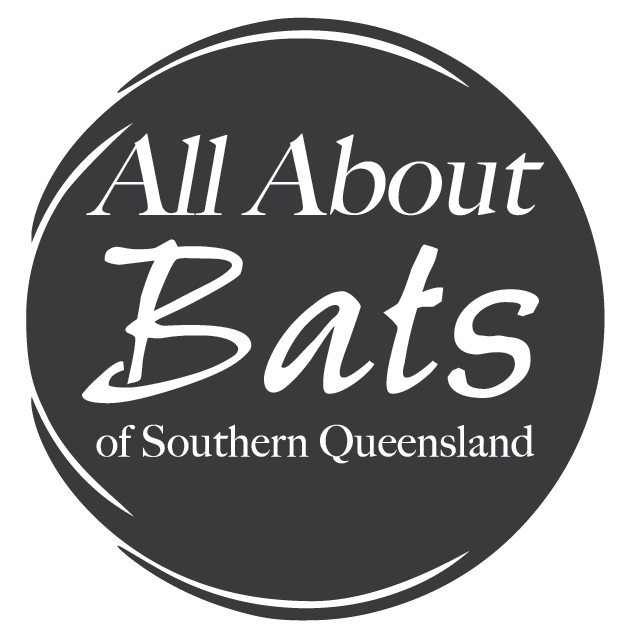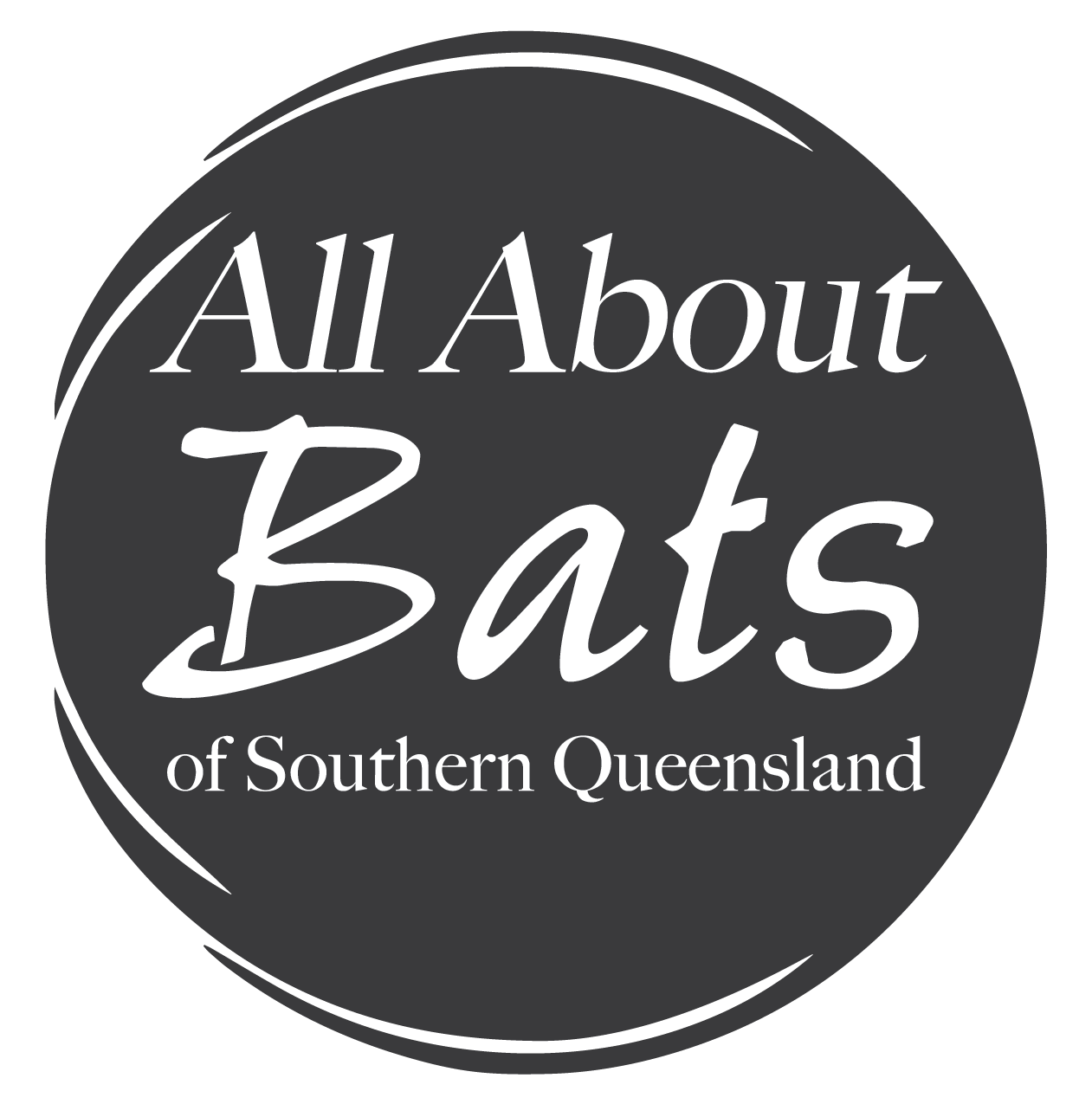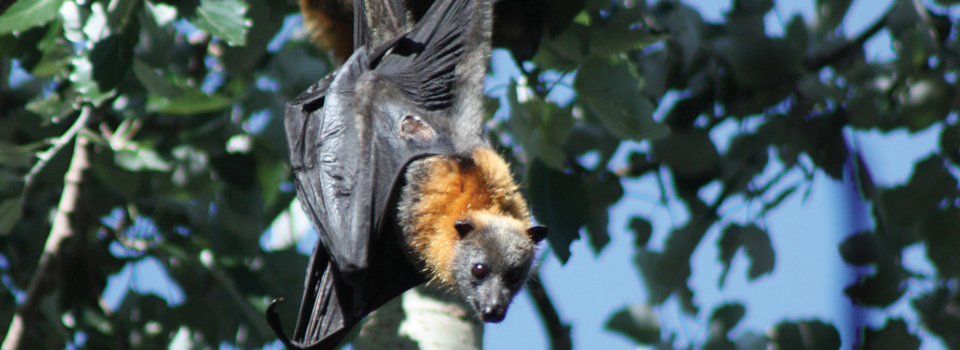This unit introduces year 7 students to the classification of micro-bats and mega-bats through the use of a classification tree and distinguishing characteristics.
It then introduces them to the food chains and food webs of bats. Equipped with this information, students are able to make their own food web and analyse the impact humans have had on the food web. The unit finishes with a look at how we can become more flying-fox friendly in our neighbourhoods.
Lesson 7.1 Classification of bats
Students are introduced to the different species of mega-bats and micro-bats found in Australia, their differences and how they are named. They use a classification tree to establish the full name of the ten species of bat.
Activity 7.1A Mega-bat or micro-bat?
DOWNLOAD PowerPoint Show (PPSX 2.3 MB)
Activity 7.1B Can you name this bat?
DOWNLOAD PowerPoint Show (PPSX 4.8 MB)
Lesson 7.2 Food chains and webs
Students are introduced to food chains. Examples are shown of bats eating and being eaten. Students look at a picture of a forest ecosystem and draw their own food web. A role play is acted out to see what would happen if one of the links in the ecosystem disappears. Finally students are introduced to some of the vocabulary associated with ecology.
Activity 7.2A Food chains of bats
Flying-fox trying to escape from a snake
Kitten eating a bat
Centipede eating a bat (in Venezuela)
Pallid Bat feeding (Antrozous pallidus)
Flying-fox eating blossoms
Cocos palms, a menace for Australian bats
(Warning: this does have graphic images)
Sea-eagle eating fruit bat on nest
Fruit bats eating fruit at a zoo
Lesson 7.3 The impact of humans on flying-foxes
Students look at the impact of introduced species on biodiversity. Next students will explore all the ways that humans impact flying-foxes. Finally, they will think about how they can make a neighbourhood more friendly for flying-foxes.


